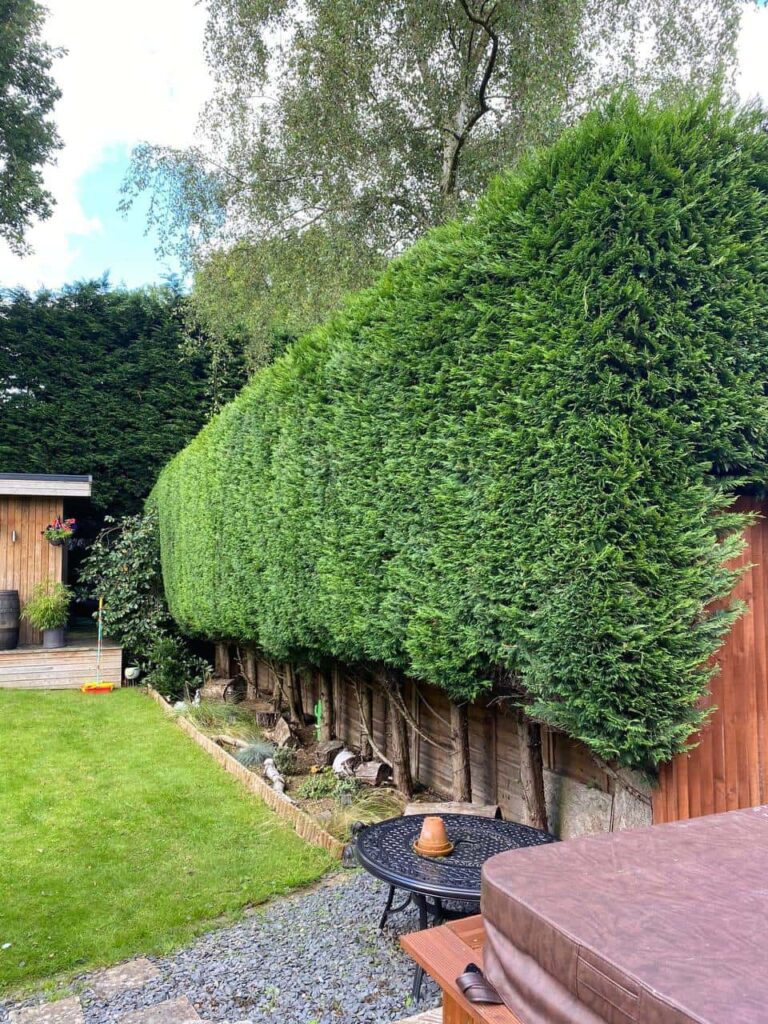Introduction: Tree felling is a significant decision often made for various reasons, such as safety concerns, landscaping needs, or disease prevention. While removing a tree is important, what happens after the felling is equally crucial. The wood that remains can serve multiple purposes, and there are also opportunities to support new growth in your landscape. In this blog post, we’ll explore how you can make the most of the aftermath of tree felling by utilising tree wood and promoting the growth of new trees.
1. Harnessing the Value of Tree Wood
The wood doesn’t have to go to waste when a tree is felled. There are several productive and creative ways to utilise it:
Firewood: One of the most straightforward uses for felled tree wood is firewood. Correctly seasoned and dried wood can provide an efficient and eco-friendly heat source during colder months.
Mulch and Wood Chips: Chipping the tree wood can create valuable mulch and wood chips. Mulch helps retain soil moisture, suppress weed growth, and improve soil health. Wood chips can be used for pathways, landscaping, or decorative elements.
Woodworking and Crafts: If you’re into woodworking or crafting, felled tree wood can be transformed into beautiful furniture, sculptures, or even smaller items like coasters and picture frames. This honours the tree’s legacy and adds a unique touch to your space.
2. Promoting New Growth
Felling a tree doesn’t have to mark the end of greenery on your property. You can turn this event into an opportunity to foster new growth:
Planting New Trees: Consider planting new trees strategically to replace the one that was felled. Choose species well-suited to your climate and landscape, and give them proper care to ensure healthy growth.
Creating Wildlife Habitats: Use the remaining tree stumps and branches to create habitats for birds, insects, and other wildlife. These spaces can contribute to the biodiversity of your landscape.
Nurturing Saplings: If any saplings or shoots are near the felled tree’s base, nurture them to grow into healthy trees. This can help maintain the ecosystem balance and contribute to the aesthetic appeal of your property.
Composting: If the fallen tree’s branches and smaller wood pieces are unsuitable for other uses, consider composting them. They can break down over time, enriching the soil and supporting plant growth.
Conclusion: Tree felling is a decision that shapes your property’s landscape, but it doesn’t have to result in a loss. By effectively utilising the wood from the felled tree and promoting new growth, you can turn the aftermath into an opportunity for sustainability, creativity, and ecological stewardship. Whether you’re using the wood for firewood, mulch, or crafts or nurturing new trees and habitats, the choices you make after tree felling can positively impact your environment and the future of your landscape.
Call us on: 01223 919 495
Click here to find out more about Linton Tree Surgeons
Click here to complete our contact form and see how we can help with your tree’s needs.

